Pete Askew
Admin
As mentioned previously, this is another of the shots I took during the Calla Lily Theme on B&W film. This was a pair of orange Callas on a white background. This time I printed the full frame onto the paper and included the edge of the film and have cropped it close to that to give the ragged edge effect.

The original image was shot onto Ilford Delta 100 using a Hasselblad 503CW + 60mm Zeiss Distagon CFi f1:3.5 + 8mm extension tube, 1/60s at f1:8.0. The negative was developed in Ilford ID11 and printed onto Ilford MGIV FB Matt paper (16" x 12") using a Devere 507 enlarger fitted with a Heiland Split-Grade controller + 80mm Apo-Rodagon enlarging lens (at f1:11), 60s at G4. The paper was developed in Ilford MG developer for 2 minutes and then fixed and washed. After drying, the print was toned using Fotospeed Sepia Toner (with 20 ml additive / litre), however, this was partially exhausted and, although I replenished it, it did not produce the original density. Despite this it was then washed and toned in Fotospeed Selenium Toner (100 ml / litre) and kept in there until the desired density had been achieved. It was then washed and dried. The print was copied using a Hasselblad 503CW + 50mm Zeiss Distagon CF f1:4.0 onto a PhaseOne P20 back. The raw file was processed to a 16 bit TIFF file using CaptureOne Pro and this was then imported into Lightroom.
One interesting effect of using the exhausted sepia toner is the bleeding of tone from the areas of highest density. I'm not sure I understand what has happened here but it might be that the silver halide produced by the bleaching stage has migrated in the paper a bit and created the glow / blur. It certainly seems to run with the 'grain' in the paper and is quite effective. I plan to explore this further and work out what is going on as I like the effect.

The original image was shot onto Ilford Delta 100 using a Hasselblad 503CW + 60mm Zeiss Distagon CFi f1:3.5 + 8mm extension tube, 1/60s at f1:8.0. The negative was developed in Ilford ID11 and printed onto Ilford MGIV FB Matt paper (16" x 12") using a Devere 507 enlarger fitted with a Heiland Split-Grade controller + 80mm Apo-Rodagon enlarging lens (at f1:11), 60s at G4. The paper was developed in Ilford MG developer for 2 minutes and then fixed and washed. After drying, the print was toned using Fotospeed Sepia Toner (with 20 ml additive / litre), however, this was partially exhausted and, although I replenished it, it did not produce the original density. Despite this it was then washed and toned in Fotospeed Selenium Toner (100 ml / litre) and kept in there until the desired density had been achieved. It was then washed and dried. The print was copied using a Hasselblad 503CW + 50mm Zeiss Distagon CF f1:4.0 onto a PhaseOne P20 back. The raw file was processed to a 16 bit TIFF file using CaptureOne Pro and this was then imported into Lightroom.
One interesting effect of using the exhausted sepia toner is the bleeding of tone from the areas of highest density. I'm not sure I understand what has happened here but it might be that the silver halide produced by the bleaching stage has migrated in the paper a bit and created the glow / blur. It certainly seems to run with the 'grain' in the paper and is quite effective. I plan to explore this further and work out what is going on as I like the effect.
